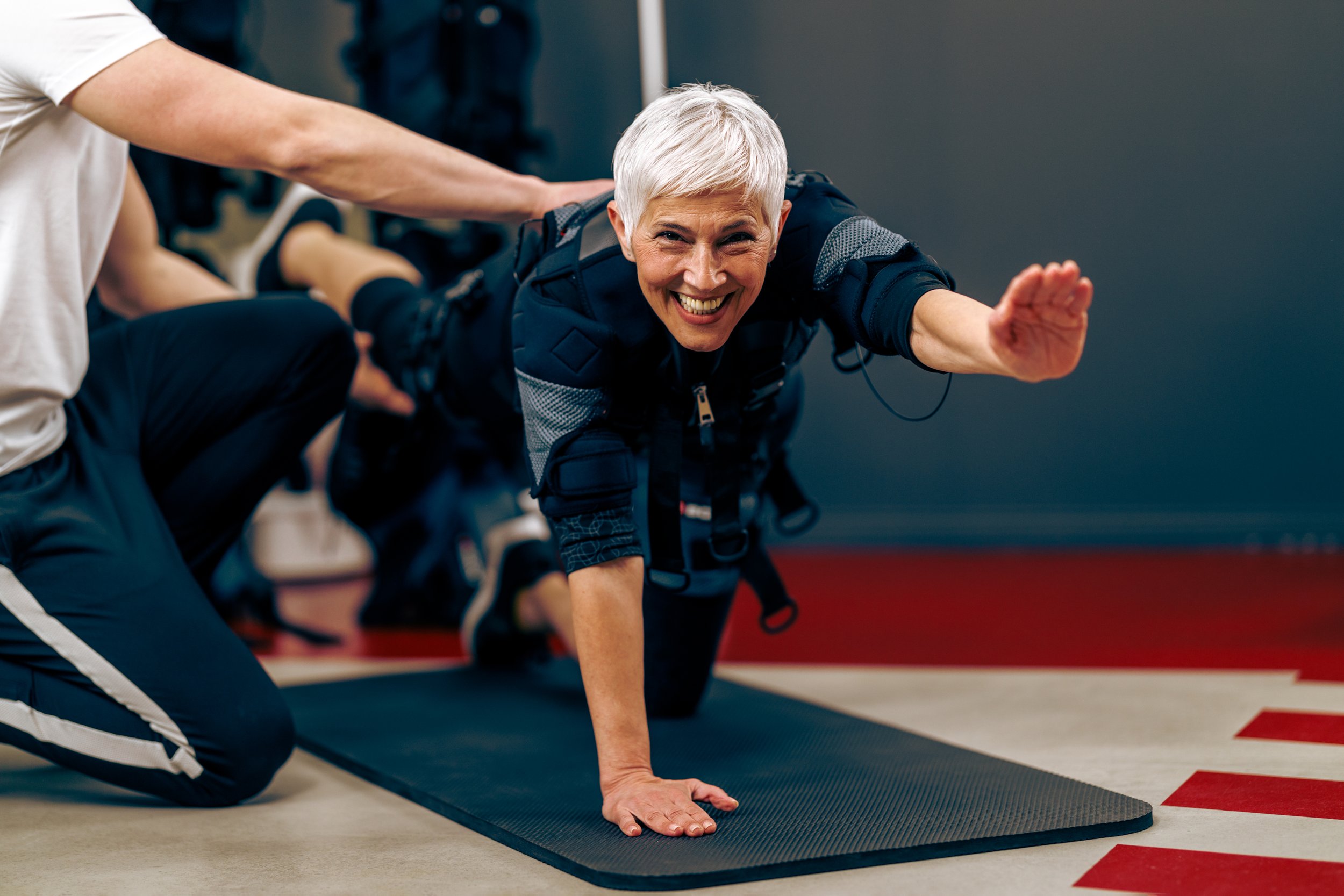Functional Movement Retraining (FMR) in physical therapy is an approach aimed at improving movement patterns and functional abilities in individuals who may have deficits or dysfunctions in their movement mechanics. It involves a comprehensive assessment of an individual's movement patterns, identifying any limitations, weaknesses, or compensatory strategies that may contribute to pain, injury, or decreased performance.
The primary goal of Functional Movement Retraining is to address these underlying issues through targeted exercises and movement interventions. These interventions are designed to improve neuromuscular control, joint stability, flexibility, strength, and coordination, with a specific focus on movements that are relevant to the individual's daily activities, sports, or occupational requirements.
Key components of Functional Movement Retraining may include:
Movement Assessment: A thorough evaluation of the individual's movement patterns, including mobility, stability, and motor control, to identify any dysfunctions or asymmetries.
Corrective Exercises: Tailored exercises and movements designed to address specific deficits or dysfunctions identified during the assessment. These exercises often focus on improving muscle strength, flexibility, balance, and coordination to optimize movement patterns.
Motor Learning Principles: Incorporating principles of motor learning to help individuals acquire new movement patterns and reinforce proper mechanics over time. This may involve feedback, repetition, variability, and progression of exercises to promote skill acquisition and retention.
Functional Progressions: Gradually progressing exercises and movements from simple to more complex tasks, with a focus on integrating improved movement patterns into functional activities relevant to the individual's goals and daily life.
Patient Education: Providing education and guidance on proper movement mechanics, body awareness, posture, and strategies to prevent re-injury or recurrence of movement dysfunction.
Overall, Functional Movement Retraining in physical therapy aims to optimize movement efficiency, reduce the risk of injury, and enhance overall performance and quality of life for individuals across various age groups, fitness levels, and activity levels.

